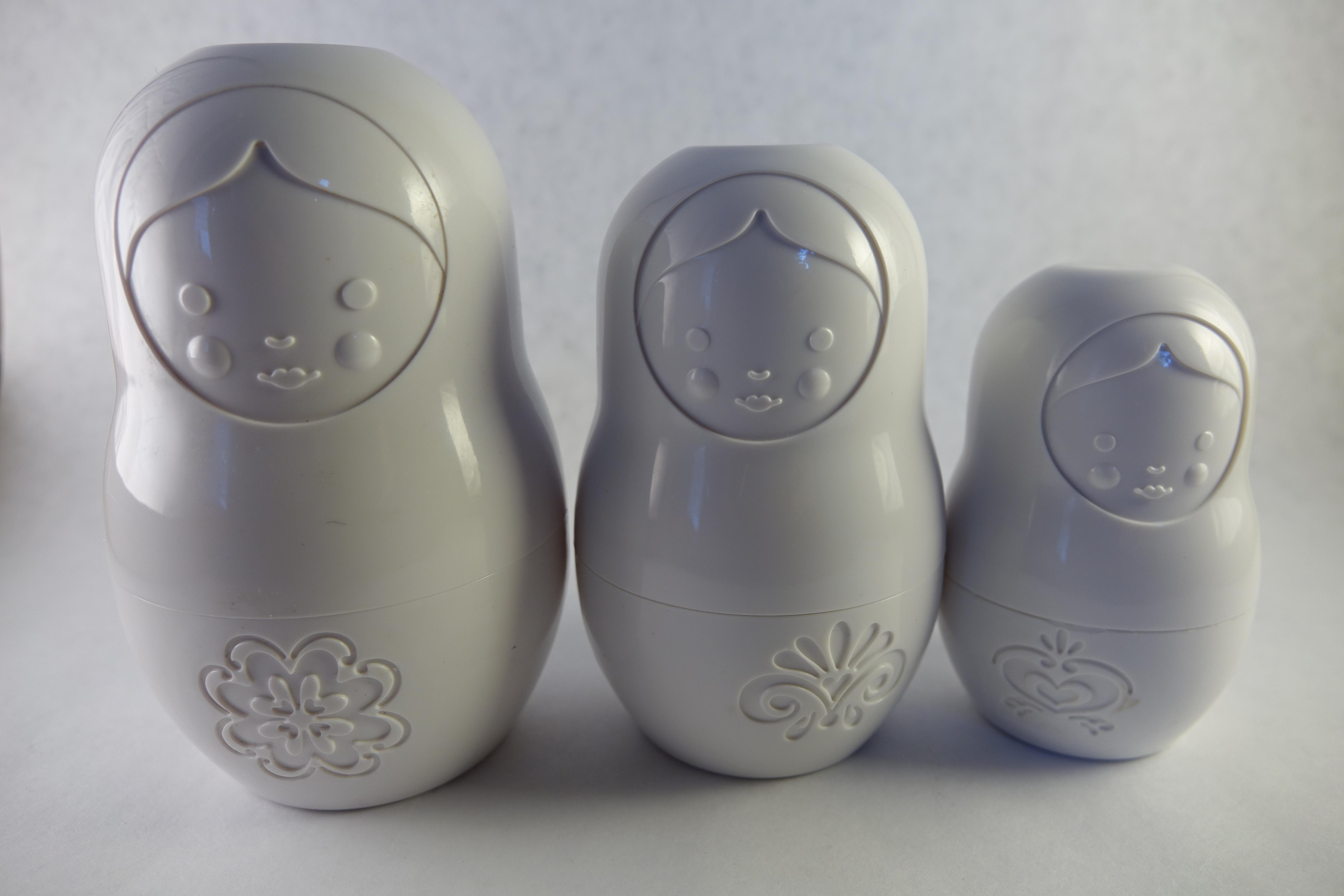

Search
Latest Posts
- GMC: not just for stories. January 21, 2025
- Are you making these two key time management mistakes? December 6, 2024
- Looking for more readers? Be specific. November 20, 2024
- How to write when things are hard. November 12, 2024
- How to prevent writer’s burnout, part 3 October 23, 2024
- How to prevent writer’s burnout, part 2 October 16, 2024
- How to prevent writer’s burnout, part 1 October 9, 2024
- What happens when you ignore self-care? September 2, 2024
- How to improve your reader’s experience. June 19, 2024
- Why systems are better than habits. June 5, 2024
